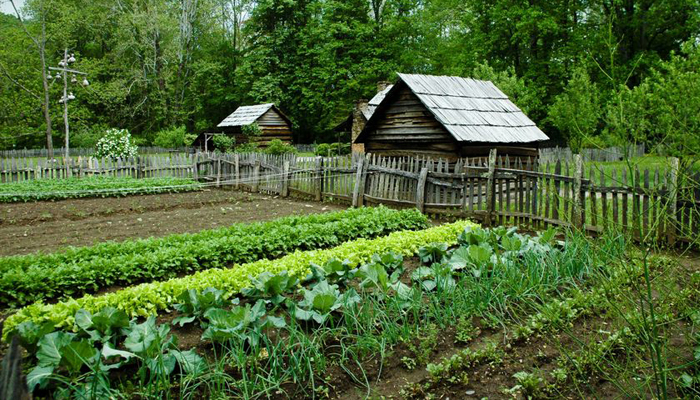
It only takes a quick scan of daily news headlines to realize that our world is teetering on the brink of disaster, from several fronts. If you are one of the millions who made the wise decision to prepare for the inevitable, you likely have a supply of necessary equipment and food. However, have you considered the long-term aftermath of a disaster? Eventually, even the best-stocked reserves run out; you need more than a stockpile. You need to grow a survival garden to augment your food provisions.
If you are not someone with gardening experience, do not worry. A survival garden is something you can grow and maintain easily. Follow these helpful guidelines, and you will create a way to sustain yourself and your family.
• Location-
Before you drop the first seed in the ground, you must find a place with optimal growing conditions. Fortunately, advanced planning will help make this task easier. Choose an area with good drainage and at least six hours of direct sunlight. Most ordinary clay-based soil will not provide suitable growing conditions, so if possible enhance the soil with manure, topsoil, and compost.
You will want your garden to be accessible for you and your loved ones, but not so convenient that others steal your food. An easy way to keep your garden private is to surround it with vegetation to give the area a wild and over-grown look. Filling the perimeter with berry bushes interspersed with bean, squash, and cucumber vines is a smart way to hide your garden.
• Choose based on condition and nutrition-
It is natural to think about growing your family’s favorite vegetables and fruits. In a survival situation, you will need your garden to provide high yields of nutritious foods with minimal effort. So, before investing in seeds or seedlings, consult with local experts. Employees at greenhouses or nurseries can tell you which plants grow effortlessly, and which plants are not suitable for your area. You can also consult online sources for information about your area and its growing seasons.
It is important to consider the nutritional value of what food you grow. While your garden may not become your sole food source, it is wise to plan as if that is the case.
Nutrient Rich Garden Essentials:
Beans
Beets
Berries
Cabbage
Carrots
Corn
Cucumbers
Grapes
Leeks
Peanuts
Peas
Peppers
Potatoes
Squash
Sunflowers (for seeds)
Sweet Potatoes
Tomatoes
Yams
Herbs play a key role in a survivalist garden. Aside from improving taste, the medicinal qualities found in herbs makes them a garden necessity. You can consult with local herbalists or research the many uses of commonly available herbs.
Important Herbs:
Basil
Chamomile
Chives
Dill
Echinacea (Purple Cone Flower)
Lavender
Lemon Balm
Milk Thistle
Mint
Parsley
Rosemary
Sage
Thyme
Early planning and implementing of your gardening ideas is essential. It is better to have a solidly established garden before you need it. No matter what you anticipate you and your family will require, growing a survival garden is an excellent investment in your time, energy, and resources. It may save your life.
Since its inception in 2008, My Patriot Supply devoted itself to becoming an industry leader in self-reliance supplies. Whether you want equipment, seeds, or food stores, MPS is the only supplier you need. During the past decade, scores of Americans have turned to My Patriot Supply for all survivalist needs.